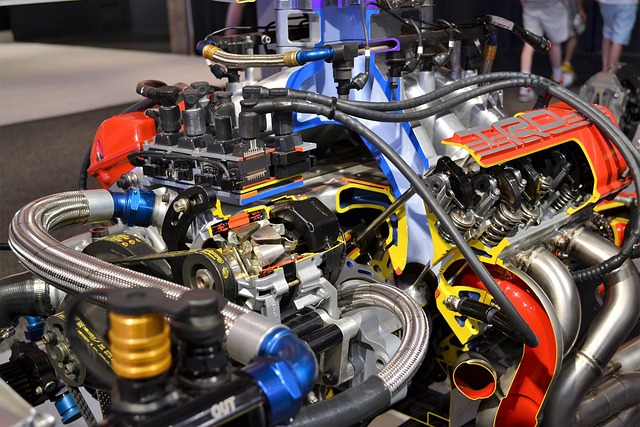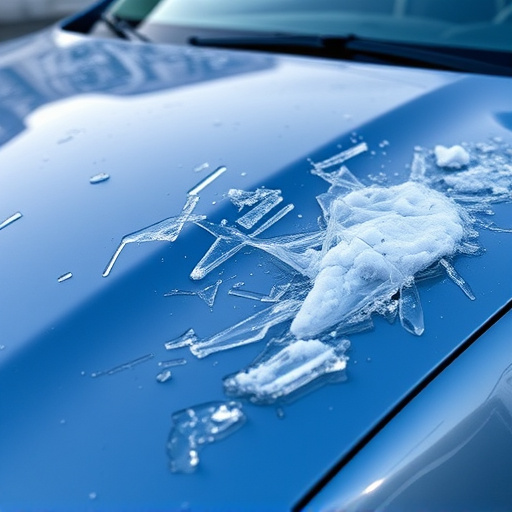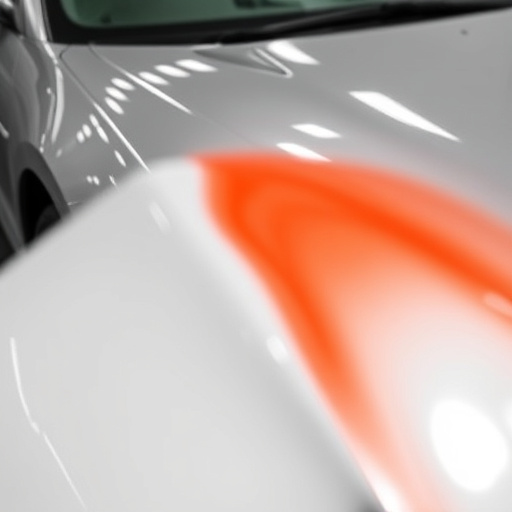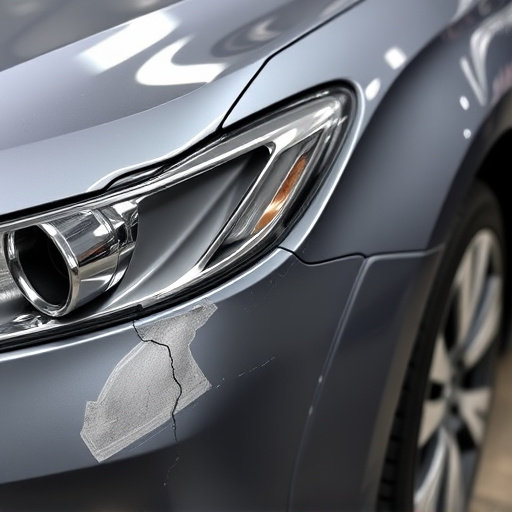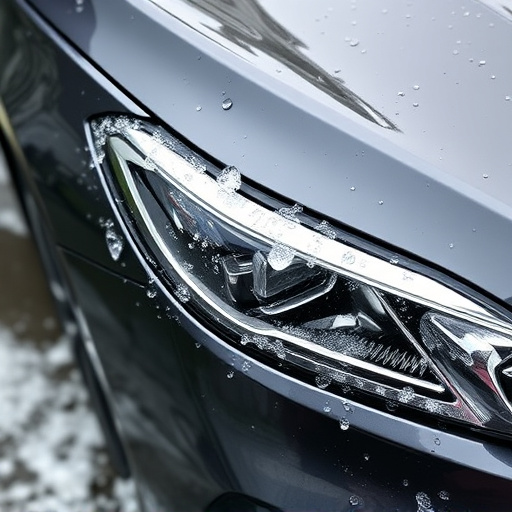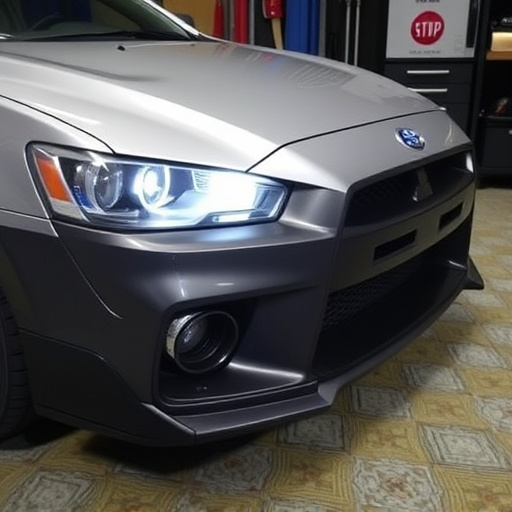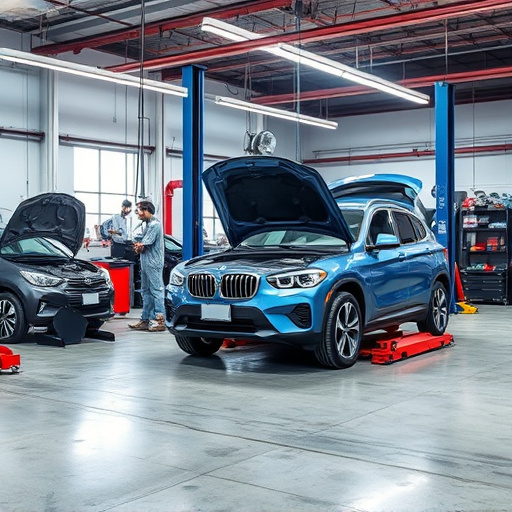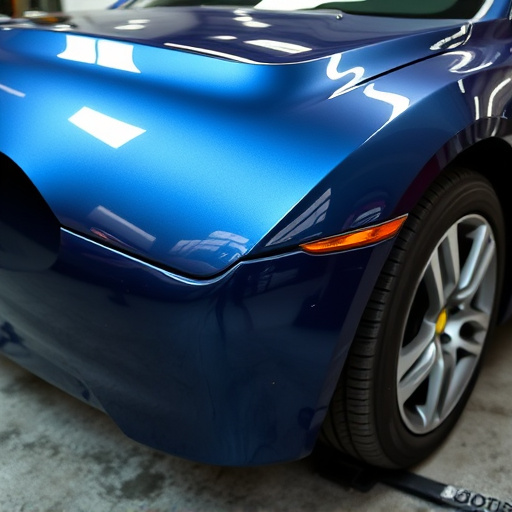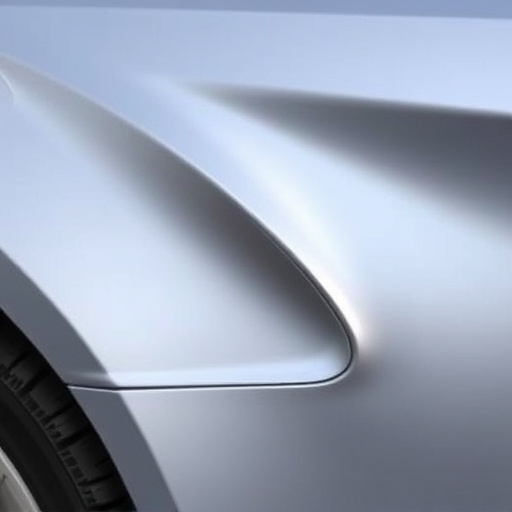Sun damage restoration is crucial for maintaining vehicles' structural integrity and resale value, addressing UV-induced cosmetic and functional issues like paint chipping, plastic aging, and glass warping. This comprehensive process involves specialized auto detailing, dent removal, and repair of windshields, body panels, interiors, aiming to enhance visual appeal and ensure longevity. Similarly, sun damage restoration is vital for preserving residential and commercial properties by mitigating color fading, cracking, warping, and structural compromise over time, requiring regular upkeep and protective coatings.
In the realm of sun damage restoration, understanding the delicate balance between cost and value is paramount for folks navigating the bustling landscape of property upkeep. Sun damage, ranging from faded finishes to deteriorated structural components, presents both short-term and long-term challenges. This article delves into the intricate comparison between traditional repair methods and modern restoration techniques, analyzing material and labor costs through case studies. We explore beyond the price tag, evaluating aesthetic restoration versus structural integrity, long-term savings, environmental impact, and customer satisfaction – crucial factors in making informed decisions for sun damage restoration.
- Understanding Sun Damage and Its Impact
- – What constitutes sun damage?
- – Short-term and long-term effects on various surfaces.
Understanding Sun Damage and Its Impact
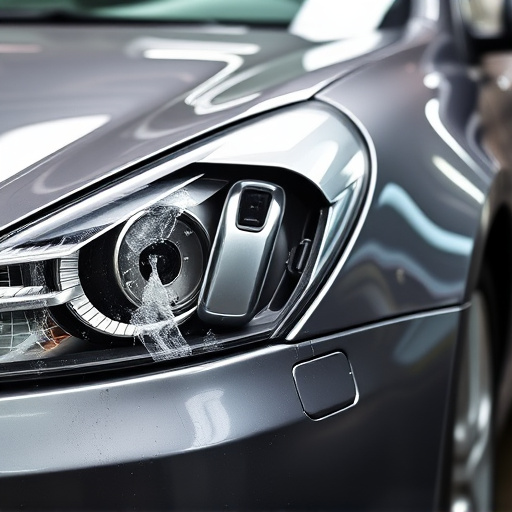
Sun damage on vehicles isn’t just about unsightly cosmetic issues; it’s a complex process that can compromise the structural integrity and overall value of a car or truck. Prolonged exposure to UV rays causes the paint to chip, crack, and fade, while also leading to premature aging and deterioration of various surfaces. This is especially evident in regions with high sun exposure, where vehicles often exhibit significant signs of wear and tear over shorter periods.
The impact extends beyond aesthetics; sun damage can weaken key components such as plastic and rubber, affecting seals, trim, and other exterior parts. In extreme cases, it may even accelerate corrosion on metal surfaces due to the combined effects of UV radiation and moisture. Thankfully, sun damage restoration techniques offer a way to mitigate these issues through specialized auto detailing and dent removal processes, similar to how car collision repair experts handle physical damage. These restorative procedures not only enhance the vehicle’s appearance but also help preserve its resale value, ensuring that it retains its beauty and functionality for years to come.
– What constitutes sun damage?
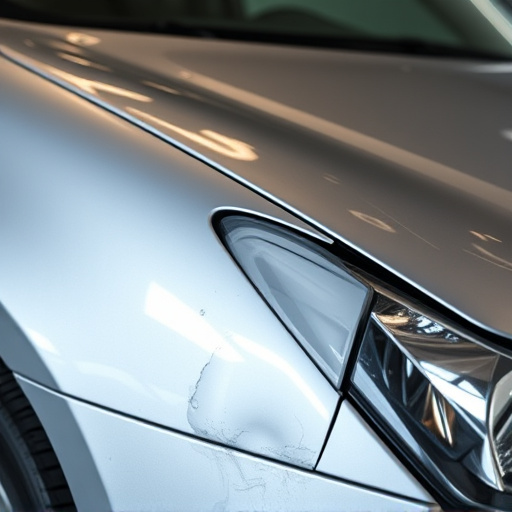
Sun damage to vehicles refers to a range of aesthetic and structural deteriorations caused by prolonged exposure to UV rays from the sun. This can manifest in various ways, such as faded paint jobs, cracked or yellowed plastic surfaces, warped auto glass, and weakened materials like rubber seals and vinyl trim. Over time, these effects not only reduce the vehicle’s visual appeal but also compromise its structural integrity and safety features, including things like windshields and car doors.
In the context of sun damage restoration, addressing these issues involves a combination of repair and replacement services tailored to different components of the vehicle. This might include auto glass repair or replacement to restore visibility and protect from further UV degradation, auto body work to fix dents, scratches, and warping caused by heat expansion, as well as vehicle repair services for interior components that have suffered from sun damage, such as faded upholstery and cracked dashboards. The goal is not only to enhance the car’s appearance but also to ensure its safety and longevity in all weather conditions.
– Short-term and long-term effects on various surfaces.
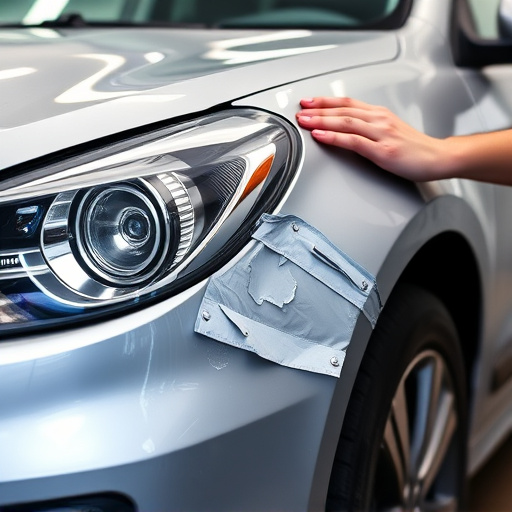
Sun damage restoration is a crucial consideration for both residential and commercial properties. The short-term effects of sun exposure can manifest as fading colors, warping, and cracking on various surfaces like paint, vinyl siding, and wood. Over time, however, the long-term impact becomes more severe, leading to structural weakness and reduced aesthetic appeal. For example, a car left outdoors for years may show signs of severe sun damage, including cracked windshields, faded paint, and warped body panels, requiring the need for automotive repair at an auto collision center.
Similarly, interior spaces are not immune to sun damage. Furniture, flooring, and curtains can all degrade under prolonged UV radiation. While immediate intervention through professional sun damage restoration techniques can mitigate these effects, preventing long-term damage requires regular upkeep and protective coatings. Vehicle repair services often encounter sun damage during the restoration process, emphasizing the need for proper preservation methods to ensure the longevity of both automotive and non-automotive surfaces.
When considering sun damage restoration, a clear understanding of both the costs involved and the value it brings is essential. By evaluating the short-term and long-term effects on different surfaces, property owners can make informed decisions about whether to restore damaged areas or replace them entirely. Investing in sun damage restoration offers significant benefits, from enhanced aesthetic appeal to improved structural integrity, ultimately proving more valuable than the initial expense over time.
